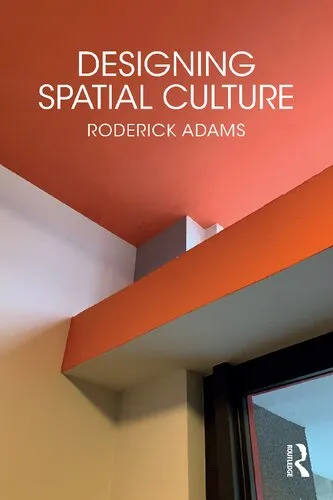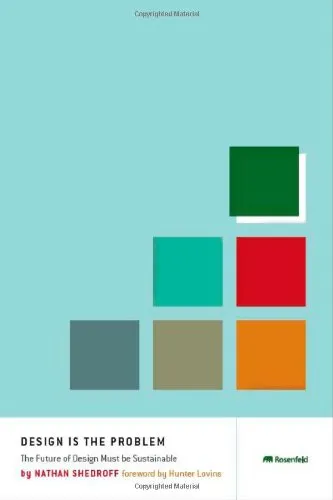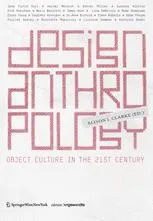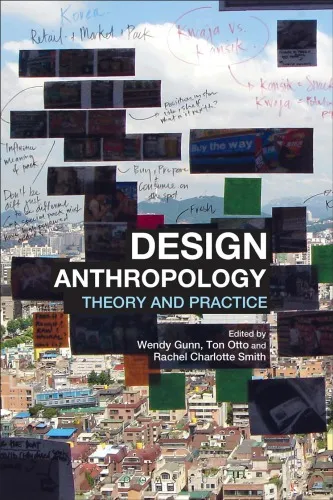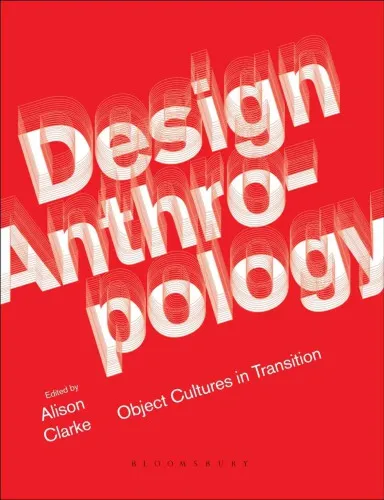Designing Spatial Culture
4.5
Reviews from our users

You Can Ask your questions from this book's AI after Login
Each download or ask from book AI costs 2 points. To earn more free points, please visit the Points Guide Page and complete some valuable actions.Related Refrences:
Introduction to Designing Spatial Culture
Welcome to Designing Spatial Culture, a transformative exploration of the profound relationship between humans and the spaces they inhabit. This book dives deep into the interplay between design, culture, and human behavior while offering fresh perspectives that encourage readers to rethink the way they approach spatial design. Whether you're an architect, an urban planner, a sociologist, or simply someone intrigued by the environments that shape our lives, this book invites you to consider how every physical space reflects and influences cultural identity.
Detailed Summary
How does space shape culture, and how does culture, in turn, influence the design of space? These are the central questions that drive the discussions in Designing Spatial Culture. Throughout the book, we examine how human interactions, traditions, and evolving societal norms converge to mold the spaces we inhabit. Spanning architecture, urban design, interior layouts, and even temporary installations, the book provides a comprehensive framework for understanding spatial relationships through the lens of culture.
We begin with the theoretical underpinnings of spatial culture, explaining how philosophical and sociological ideas have evolved to describe the interplay between people and their environments. From there, the book delves into practical examples—from ancient city planning to modern urban developments—to illustrate how design decisions can produce culturally resonant spaces. Case studies from across the globe highlight the nuanced ways in which spatial design reflects cultural values, societal inequities, and even technological advancements.
Drawing inspiration from both historical precedents and future possibilities, Designing Spatial Culture examines diverse topics, including the role of public spaces in fostering community, the impact of digital technologies on physical environments, and how sustainability is reshaping urban development. The book also offers actionable principles for designing spaces that are not just functional but deeply meaningful to those who use them.
Key Takeaways
- Understand the dynamic relationship between space and cultural expression.
- Gain insights into how thoughtful design can enhance social cohesion and inclusivity.
- Identify how historical and modern design practices influence our perception of spaces.
- Learn practical techniques for creating environments that resonate with specific cultural values.
- Discover how digital technologies and sustainability are transforming spatial design for the future.
Famous Quotes from the Book
"Space is not a passive backdrop to human activity; it is a dynamic canvas that reflects and reshapes cultural identity."
"A well-designed space is a silent storyteller, sharing memories of the past while guiding the possibilities of the future."
"The success of a space is not measured by its dimensions, but by how deeply it resonates with its inhabitants."
Why This Book Matters
In an increasingly interconnected world, our understanding of space and its relationship to culture has never been more important. Designing Spatial Culture addresses the pressing need to reimagine our environments in ways that honor diversity, foster equity, and promote sustainability. This book serves as both a critical analysis and a practical guide, offering intellectual tools and actionable principles that can empower designers to create spaces that are as culturally meaningful as they are functional.
Moreover, this book encourages readers to move beyond the confines of utility to think more holistically about how spaces shape our lives, behaviors, and identities. It aims to bridge the gap between theory and practice, inspiring a new generation of spatial designers to consider their work within a broader cultural and societal framework.
Designing Spatial Culture speaks not only to professionals but also to anyone interested in how the environments around us contribute to who we are. In challenging us to think critically about the spatial choices we make, the book underscores the vital role design plays in shaping a sustainable and inclusive future.
Free Direct Download
You Can Download this book after Login
Accessing books through legal platforms and public libraries not only supports the rights of authors and publishers but also contributes to the sustainability of reading culture. Before downloading, please take a moment to consider these options.
Find this book on other platforms:
WorldCat helps you find books in libraries worldwide.
See ratings, reviews, and discussions on Goodreads.
Find and buy rare or used books on AbeBooks.
1212
بازدید4.5
امتیاز0
نظر98%
رضایتReviews:
4.5
Based on 0 users review
Questions & Answers
Ask questions about this book or help others by answering
No questions yet. Be the first to ask!
